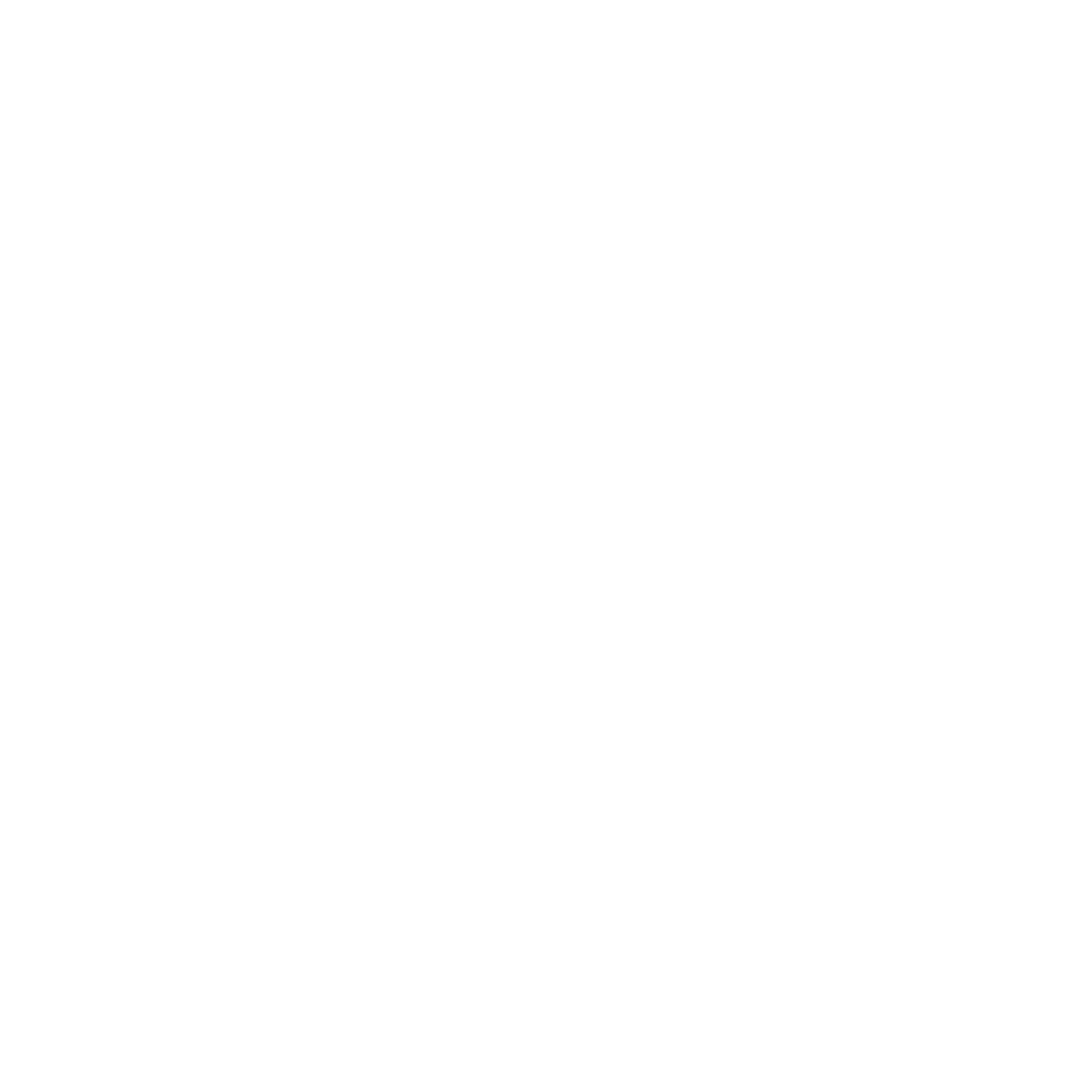
This guide has been divided into current commentary sources on Australian and English legal history and resources that contain historical primary sources.
The hundreds of Australian Indigenous communities, nations and societies each have their own territories, languages, myths and laws. Relations between the communities are governed by highly organised, uncodified systems. Customary laws govern, for example, marriage and family, distribution of property, dispute settlement and criminal justice. See more in The Definition of Aboriginal Customary Laws (ALRC, Recognition of Aboriginal Customary Law, Report No 31, 1986)
The legal system brought from Britain when Australia was colonised did not recognise Aboriginal laws and community structures, including laws relating to land. Indigenous people became subject to colonial laws, and Australian general law. All of Australia was treated as terra nullius, meaning 'nobody's land', and able to be claimed by the Crown and acquired by the colonisers.
The modern Australian legal system shares much of its history with the English legal system. Both trace their origins back in an unbroken line over almost 1000 years to the Norman Conquest of England in 1066. While the Australian legal system branched off with the arrival of the first British settlers in Sydney Cove in January 1788, English institutions continue to exert an important influence. Australian law still shares legal principles and doctrines with England and other countries of the Commonwealth of Nations which practise the common law. English thinking about law continues to exert a powerful influence on Australian lawyers although the common law as we know it is a product of the Australian experience. If the legal system of 18th century England was Australia's birthright, the common law of Australia in the 21st century is Australia's responsibility to maintain.
Source: Laying Down the Law / Cook et al (2015) p.35
In 1992 Aboriginal title to land was finally recognised at common law, in the landmark case of Mabo v Queensland (No 2) ((1992) 175 CLR 1). The High Court rejected the notion of terra nullius and recognised a preexisting Indigenous system of law - native title. Native title law recognised that some Aboriginal and Torres Strait Islander people have rights and interests in land or waters that come from their traditional laws and customs. Therefore, upon colonisation, the Crown did not acquire absolute title; it is subject to preexisting native titles that had not been validly extinguished. Native title can be extinguished only by lawful exercise of government power with clear and plain intention, or by abandonment or surrender of traditional lands to the Crown. The Native Title Act 1993 (Cth) was subsequently enacted to give effect to the Mabo decision, and to set out processes for claiming native title. The Native Title Act also sets out how native title interacts with other people’s rights and interests.
Australian Indigenous law includes customary law, Australian government law that specifically and only affects Indigenous Australians, and also the relationship between Indigenous people / customary law and the general common and statute law of Australia.